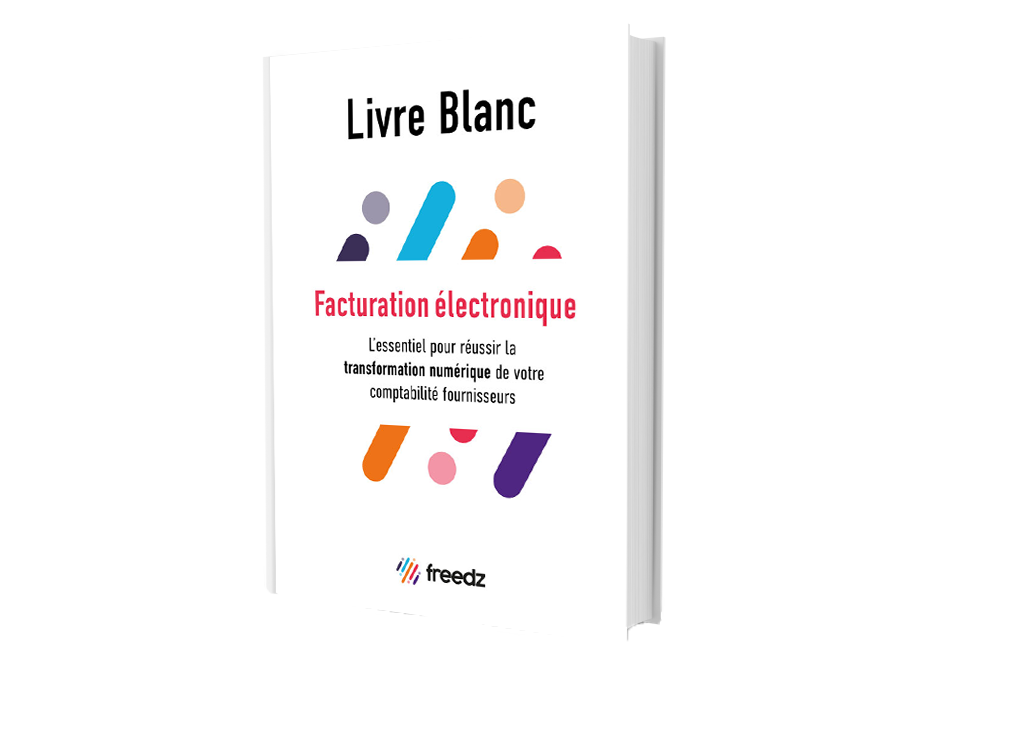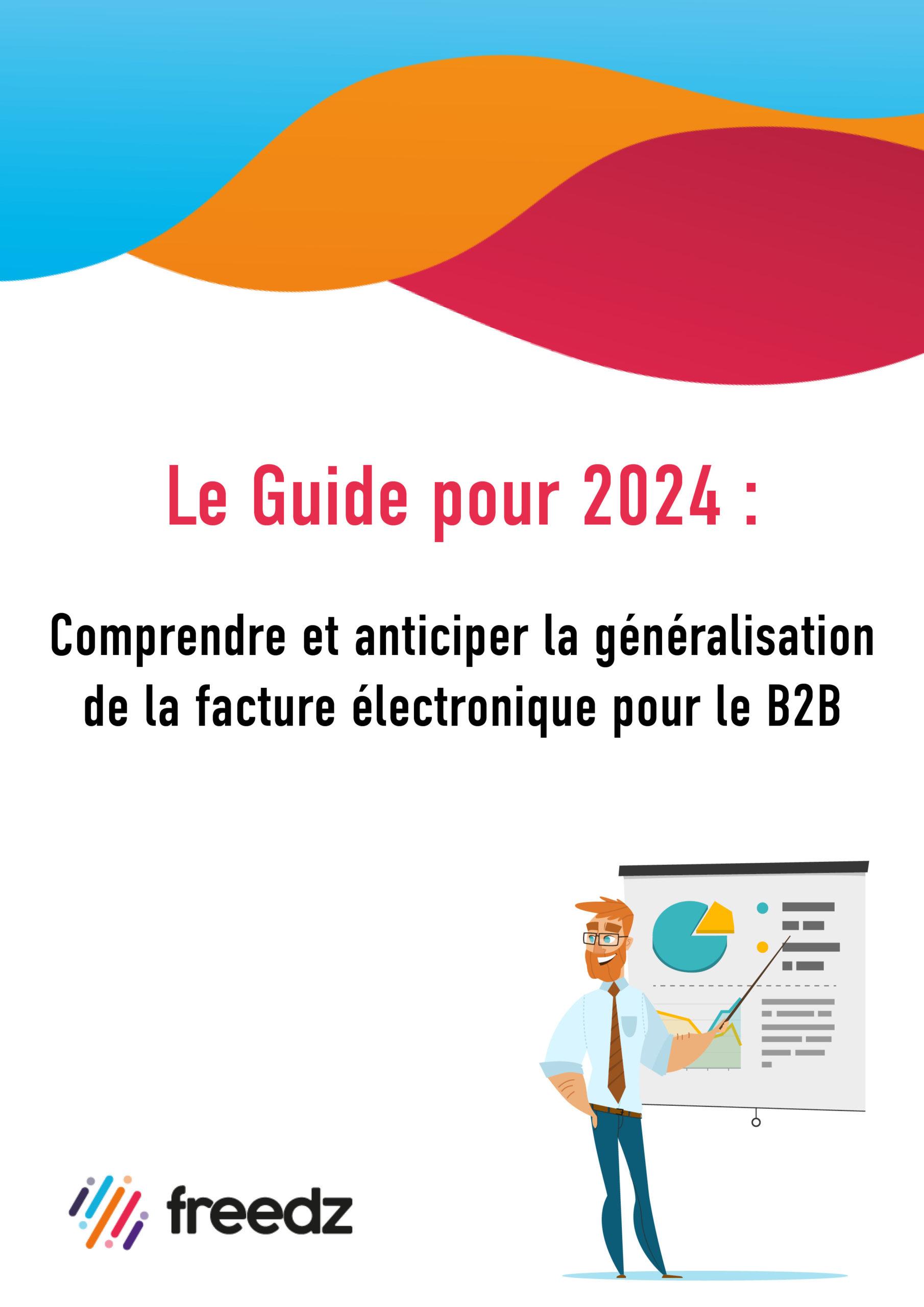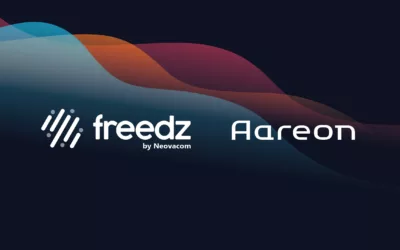Réforme 2024 : quel sera le rôle des opérateurs de dématérialisation ?
Initialement prévue à compter du 1er juillet 2024 et finalement décalée en 2026 (lire l’article : Report de la réforme facturation électronique : que faut-il savoir ?), l’obligation de facturation électronique génère toujours de la confusion. Cela s’explique notamment par le changement du dispositif de transmission et de réception des factures électroniques qui l’accompagne : les entreprises devront désormais passer par l’intermédiaire d’une plateforme de dématérialisation. Ce qui implique l’arrivée de nouveaux acteurs dans le circuit de dématérialisation – voire une redistribution des rôles. En effet, après la réforme, seuls le portail public de facturation (PPF) et les plateformes de dématérialisation partenaires (PDP) seront habilités à adresser directement les factures. Et les opérateurs de dématérialisation dans tout ça ? Parlons-en.
Facturation électronique : plusieurs acteurs mais des rôles (et atouts) différents
Tout, ou presque, a commencé avec l’article 26 de la loi de finances rectificative pour 2022. Avec une entrée en vigueur prévue en 2024 mais décalée en 2026 (en savoir plus), l’article prévoit une obligation de facturation électronique (e-invoicing) et la transmission à l’administration fiscale des données de facturation pour les entreprises assujetties à la TVA (e-reporting). L’un des objectifs de cette mesure est la lutte contre la fraude en assurant la confidentialité des données de bout en bout.
C’est pourquoi la transmission de toutes les données de facturation devra s’appuyer sur un dispositif précis, que l’on appelle aussi dispositif en Y.
Le dispositif en Y, de quoi s’agit-il ?
Le club très restreint du circuit de dématérialisation comprend trois acteurs principaux pour assurer la transmission des factures et des données entre les entreprises : les PDP, le PPF et les OD. La répartition des rôles s’illustre par un schéma en forme de Y avec, à chaque bout des branches supérieures, le fournisseur et l’acheteur, reliés entre eux par le PPF qui gère la transmission à l’administration fiscale. Les entreprises auront le choix de la plateforme pour l’émission/réception des factures, et c’est pourquoi elles pourront également opter pour une PDP, un opérateur privé et immatriculé au même titre que le PPF, mais qui offre de nombreuses fonctionnalités supplémentaires.
Lire aussi : Réforme 2024 : comment choisir sa plateforme de facturation électronique ?
L’OD, un intermédiaire potentiel entre les entreprises, les PDP et le PPF
L’OD, quant à lui, peut se greffer au dispositif en tant que prestataire de service. Intégré au système d’une entreprise, il sert alors d’intermédiaire entre l’entreprise et la plateforme de dématérialisation retenue (PDP ou PPF), et offre un accompagnement dans la mise en conformité aux nouvelles obligations réglementaires. Plus précisément, et en gardant en tête le schéma en Y, on pourra le retrouver en amont et/ou en aval des PDP ou du PPF, où il interviendra comme une aide supplémentaire à la mise en conformité avec les nouvelles obligations réglementaires. En proposant, par exemple, une fonctionnalité de gestion des ventes et de suivi des factures.
Mais son rôle restera limité car, contrairement aux PDP et au PPF, l’OD ne sera pas autorisé à transmettre directement les factures électroniques, les données de facturation, de transactions et de paiement pour l’administration.
Quand recourir à un opérateur de dématérialisation ?
C’est là toute la différence entre les PDP et les OD : on appelle opérateur de dématérialisation toute plateforme privée non certifiée, c’est-à-dire qui n’a pas été reconnue comme PDP par l’administration fiscale. Les OD n’en restent pas moins des acteurs dans le circuit de dématérialisation, mais en tant que facilitateurs. Ils vont apporter des services complémentaires par rapport aux PDP et/ou au PPF.
Des fonctionnalités différentes pour répondre à des besoins spécifiques
L’intérêt d’un opérateur de dématérialisation réside dans les fonctionnalités additionnelles qu’il propose, d’autant qu’ils sont tous différents. Dans le cadre de la réforme, un OD peut fournir un accompagnement à l’entreprise pour le traitement des factures reçues, aider à la gestion jusqu’au suivi des règlements et, dans l’ensemble, apporter une valeur ajoutée en amont ou en aval de la transmission des factures.
Il peut aussi proposer un service de conversion des factures, dans au moins un des trois formats du socle minimal homologués pour la dématérialisation (UBL, Factur-X et CII). Un OD peut en effet être en mesure d’émettre des factures sous formats tiers à destination de l’entreprise cliente ou de les réceptionner de la part du fournisseur, puis de les convertir avant de transmettre aux acteurs suivants : la PDP, qui extraira les données de la facture pour les déposer sur le PPF.
Bien connaître ses options avant la réforme
Toutefois, la plupart des PDP offriront les mêmes fonctionnalités. Le recours à un OD sera pertinent pour une entreprise si elle choisit en 2026 (report de l’entrée en vigueur prévue en 2024) de passer par le PPF, qui pourra assurer un service d’émission et de réception gratuit, mais limité. Au besoin, l’entreprise aura tout loisir d’y intégrer un outil de gestion compatible avec le PPF, apte à répondre à ses éventuelles spécificités et à automatiser les processus. Celui-ci sera dès lors considéré comme un OD.
En somme, une solution moins vaste et automatisée qu’une PDP, mais adaptée à une pratique standard. Pour des exigences plus élevées, cependant, l’option payante mais optimisée de la PDP apportera l’accompagnement nécessaire.
C’est dans le but d’apporter un service complet par le biais d’un prestataire unique que Freedz, opérateur de dématérialisation, se positionne pour également accompagner les entreprises en tant que PDP. Vous avez vos propres spécificités mais souhaitez simplifier votre gestion des factures, en conservant un haut niveau de sécurité et de contrôle des données ? Candidat à l’obtention du statut officiel de PDP, Freedz a d’ores et déjà tout mis en œuvre pour répondre aux obligations de sécurité et de conformité. Le jour J, notre plateforme pourra collecter, centraliser, contrôler, sécuriser et standardiser la gestion de vos factures, et assurer une transition en douceur. Besoin de vous faire une meilleure idée de notre expertise ? Demandez votre démo en quelques clics !
Partenariat Freedz & Aareon
Automatisez le traitement de vos factures en dématérialisant leur collecte et émission grâce à la plateforme Freedz et à son intégration automatique dans les progiciels PIH ou PRH de Aareon.Aareon, leader européen des systèmes d’information et solutions digitales...
Comment la pré-comptabilité vous aide à optimiser votre gestion financière ?
La tenue d’une comptabilité par l’entreprise répond non seulement à une obligation légale mais surtout à un besoin d’assurer une gestion financière pérenne et efficace. C'est à travers cette discipline que les flux monétaires sont enregistrés, analysés et interprétés,...
E-reporting : tout connaître sur l’obligation de transmission des données de transactions
Attendu – voire souhaité – par de nombreuses entreprises, le report de la généralisation de la facture électronique au 1er septembre 2026 ne doit pas être synonyme de relâchement par les parties prenantes. Il constitue plutôt une opportunité et du temps accordé pour...
Nos ressources gratuites les plus populaires :

Livre blanc : l'essentiel pour réussir la transformation digitale de sa comptabilité fournisseurs
Ce livre blanc apporte les réponses aux principales questions que vous vous posez au moment d’aborder le passage à la facture électronique, ainsi que les points de vigilance à avoir pour mener à bien votre projet.

Le Guide pour 2024 : tout savoir sur la généralisation de la facture électronique
Retrouvez dans ce guide toutes les informations nécessaires pour comprendre la nouvelle législation et anticiper ce changement.

Cas client : Améliorer l’efficacité de la comptabilité fournisseurs tout en gardant le contrôle
Afin d’améliorer ses relations fournisseurs et revaloriser les missions de ses collaborateurs au sein de la comptabilité, Halpades a fait le choix de la dématérialisation complète des factures fournisseurs grâce à Freedz.






